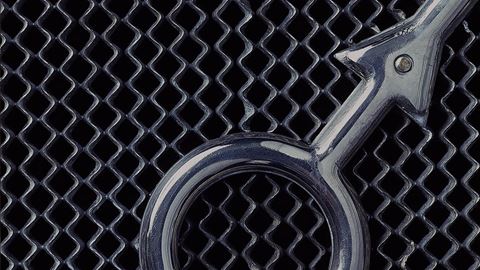
VOLVO HERITAGE CARS
At Volvo Cars we’re still building on our legendary heritage. We started making cars in 1927 because we believed nobody else was making them strong enough or safe enough for Swedish roads. We have been leaders in innovation ever since. It is this commitment that continues driving us forward to the next great Volvo Cars idea.
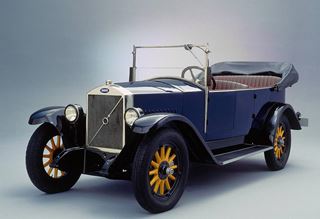
The cars in detail
From the very first Volvo Cars ÖV4— nicknamed ‘Jakob’—we’ve been using the best quality materials to create cars that are highly
regarded not only for their durability, but for their outstanding quality.
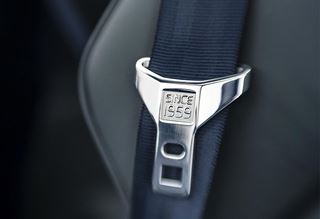
Decades of innovation
Some of our innovations have literally changed the world—ever since Nils Bohlin introduced the three-point safety belt in 1959, an estimated one million lives have been saved. And our ‘Lambda Sond,’ which reduced harmful emissions by 90%, now graces nearly every car in the world.
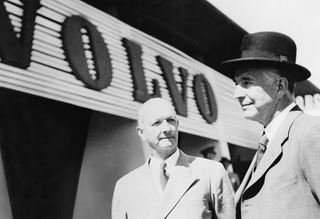
People first
It’s true that everything we do starts with people, and we’re very proud of the great personalities that have made Volvo Cars what it is, from our 1927 founders Assar Gabrielsson and Gustaf Larson, through to designer Pelle Petterson, who designed the iconic P1800.
Built for motorsport
When enthusiasts discovered what tough cars Volvos are, they started to go rallying, and in 1965, a PV544 won the grueling Safari Rally. Following up that great win, a 122S Amazon took victory in the Acropolis rally in the same year. And in 1994, Volvo Cars shocked the motorsport world by being the first ever manufacturer team to enter an estate racing car with the 850.
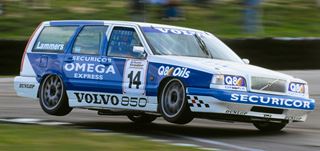
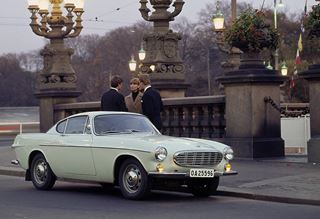
Volvo in movies
Volvo drivers, particularly in North America, are regarded as intellectual, academic, and highly refined individuals and that’s reflected in films, too. In "The Family Stone," a family drama set in New England, virtually the whole (wealthy) family drive Volvos. And in the dramatic, intellectual films "Bee Season" and "Boiler Room," leading characters drive Volvo station wagons. And of course, who can forget the fabulous white P1800 in "The Saint," an iconic British television show.